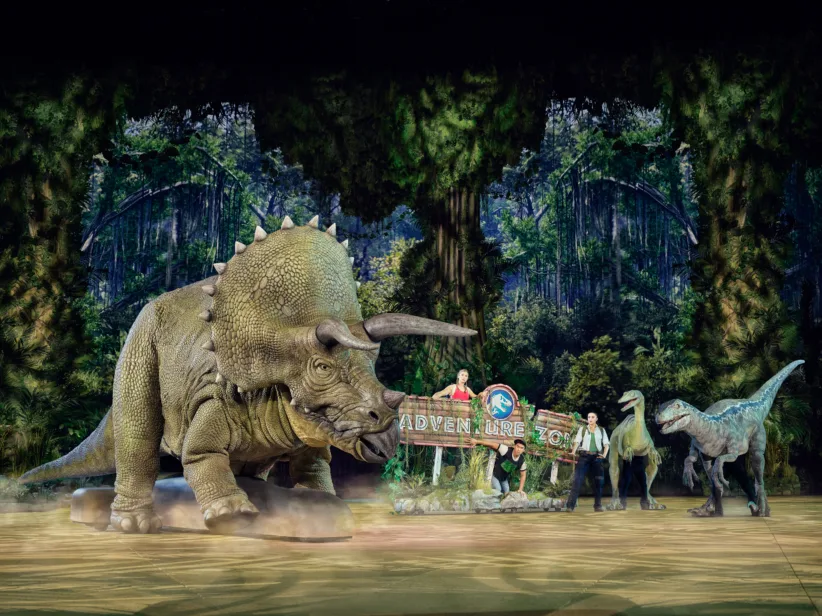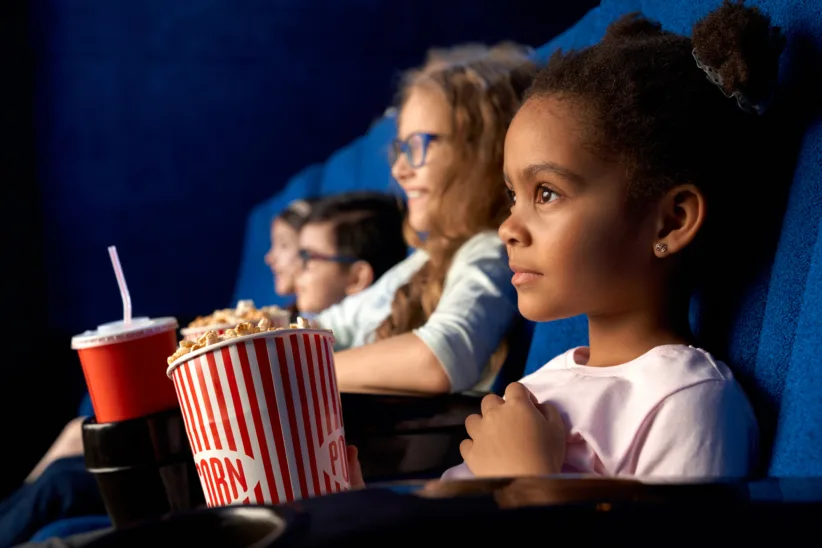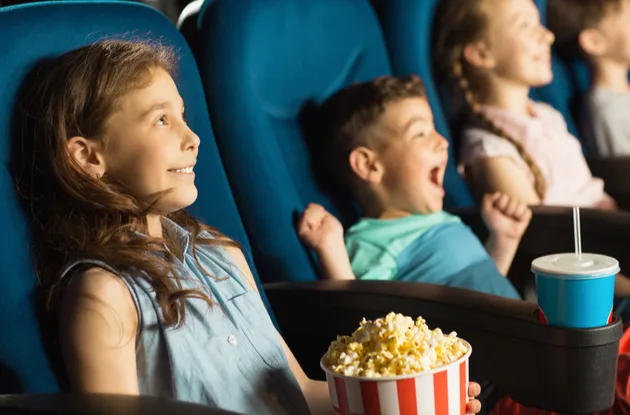Brooklyn seems to be the place reaping the richest benefits from the children’s museum boom. As museums for kids become ever more expansive and sophisticated, the borough is on the brink of a pair of vanguard moves — the renovation of the Brooklyn Children’s Museum into the world’s first institution for young people constructed solely from renewable materials; and the brand-new Jewish Children’s Museum, targeted to open in Crown Heights late this summer or early fall. “There are Jewish museums that have sections for children, but for a museum this size, designed just for children, I think we’re one of the first, if not the first,” says Rabbi Sholom Baumgarten, the museum’s director of administration. In his reference to the institution’s size, the rabbi may just about be right; with 50,000 gross square footage- — of which 12,000 square feet will be used for exhibitions and another 4,500 for a flexible art gallery/banquet room/concert hall — the museum is impressive by almost anyone’s standards, adult or child. Like the trustees of the Brooklyn Children’s Museum, who chose renowned architect Rafael Vinoly to create their environmentally conscious building, Tzivos Hashem, the international not-for-profit children’s organization behind the Jewish Children’s Museum, has also selected a highly noted designer: the New York City-based Gwathmey Siegel Architects. The firm, in business for 34 years, has developed over 300 educational, cultural, government and corporate projects. This year alone, Siegel’s projects include the U.S. Mission to the United Nations in Manhattan, the Burchfield-Penney Art Center in Buffalo, the Middlebury College Library in Vermont, and the Naismith Memorial Basketball Hall of Fame and Retail Complex in Massachusetts. The renovation and expansion of the New York Public Library is among the firm’s 2004 projects. Siegel’s design for the Jewish Children’s Museum calls for six floors, along with a “lower level”. Of the six, only the top floor will be used exclusively for office and conference space. (The first floor will have the usual visitor amenities.) The building, which Baumgarten identifies as “about 70 percent there” in terms of construction, is quite sophisticated in its use of space, managing to integrate a number of diverse features, from a second-floor Museum Orientation Theatre and a multipurpose art gallery/concert hall to a synagogue and “kosher supermarket”. The museum was originally slated to open in 2001. “Everything just took more time than we thought — construction especially,” Rabbi Baumgarten says. He describes the museum’s content as “not a collection. We’re not going to have artifacts. On the contrary — everything we’ll have is hands-on.” Traditions are central to any religion, and the museum will honor Jewish tradition through a variety of inventive interactive displays. One of its most creative features will be its oversized Sabbath table, in which colossal matzo balls will house computers for searching out and printing recipes from Jewish communities around the world. Elevated several inches off the ground, kids will be encouraged to walk on the table and recite the Sabbath blessings that appear inside its “lava lamp” candles. The table is one of 14 exhibits on the museum’s third floor covering Jewish life and holidays, and stands adjacent, appropriately, to the kosher supermarket and kosher kitchen, where kids can shop for and learn how to prepare kosher meals all within a few feet. The supermarket will be stocked with dairy products, vegetables and meat, encouraging young people to develop a familiarity with kashrut, the dietary regulations of Judaism. Each product will have its own bar code; information and questions concerning kashrut will pop up when the product is scanned. (In the kitchen, visitors can sort dairy and meat plates and utensils, set tables, fill a “talking” refrigerator, and watch a video on the preparation of kosher meals). Other “Life and Holiday” galleries include “The World of Good” — described by the museum as a “symbolic cityscape” with activity areas celebrating and underscoring the moral values of faith, charity, justice, visiting the sick, kindness to animals, and “not speaking poorly of others”; another exhibit in the same gallery emphasizes the ethical teachings of the Torah. The Six Days of Creation will have its own large gallery complete with video, telescopes and an aquarium; and there will be galleries dedicated to the Sabbath, Rosh Hashanah, Yom Kippur, and Chanukah. Kids can learn about the holiday of Purim by acting out the story of the book of Esther through the use of mechanical puppets. Jewish history is the theme of the fourth floor. For toddlers, there will be a “Noah’s Ark” gallery containing an art area, dress-up corner, puppet theater and a block play area, all enhanced by the sounds of various animals and rain. The “Land of Israel” space will literally consist of soil and stone brought from Israel, while the “Jewish Sages” gallery will encourage kids to climb a rooftop to eavesdrop on a Talmudic discussion in emulation of the ancient Rabbi Hillel. (The Hillel installation is one of eight chronological activity stations in the gallery introducing the most important Jewish scholars). “Splitting the Sea”, “Patriarchs and Matriarchs”, “The Walls of Jericho”, “The Jewish World Today” and the Holocaust are five of the 15 historical subjects to be addressed via interactive stations on the history floor. The fifth floor will house the museum’s “Changing Exhibitions Gallery” and even a six-hole miniature golf course. The lending library, together with the synagogue, a multi-media production studio, a TV studio-like Game Show Theatre, and two computer education rooms will all be located on the lower level. Rabbi Baumgarten says the museum is planning a number of programs, including the teaching of computer skills and music, and will have counselors available for homework assistance. The activities on the lower level alone, he believes, will keep the Jewish Children’s Museum hopping “until 8, 9 or 10 in the evening.” Full-time docents are being hired, and as Rabbi Baumgarten proudly points out, the museum has already received a robust number of calls from potential volunteers within the borough. “This is a learning museum for children of all walks of life,” stresses Rabbi Baumgarten. “We want Jews and non-Jews to have an understanding of Jewish history and culture — to gain an appreciation for it, and to have some fun here.” The museum will be located at 322 Kingston Avenue. For more information, go to www.jcmonline.org.
Subscribe
Get the latest NYC family fun and news straight to your inbox!





















